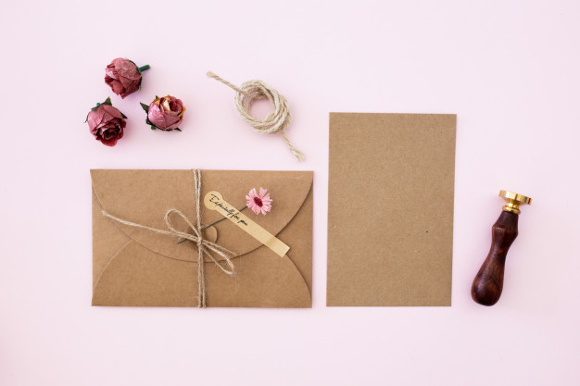15+ Vintage Greeting Card Examples to Download
It is undeniable that greeting cards have become part of our lives for decades or even centuries. Greeting cards serve as our unspoken emotion placed into writing. They are our go-to option when we run out of ideas on what to give to a certain person. Although efforts and personal communication may be a great way to show someone that you care, greeting cards are a unique form of self-expression. Personalized greeting cards even show your characteristics depending on the how the card is made.
In today’s modern society through the advent of technology, a tangible greeting card has not lost its significance. Many people continue using diy greeting cards, and many are still excited to receive greeting cards in many different occasions. The great thing about greeting cards is that they were invented a long time ago, thus the variety of designs that can be used now is limitless. Retro and vintage designs are very popular and have not lost their charm with customers.Listed below are some vintage greeting card designs you can purchase and use for your own event or purpose.
Vintage Thank You Card Example
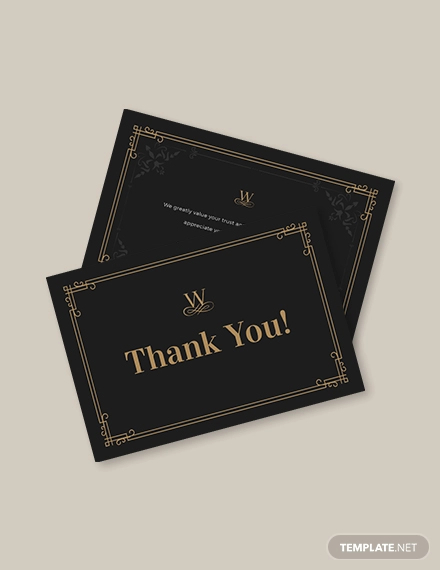
Examples of Vintage Greeting Cards
Check out the varieties of vintage greeting cards below, and choose a design that will suit your greeting card preferences.
Vintage Greeting Card Variety Pack Example
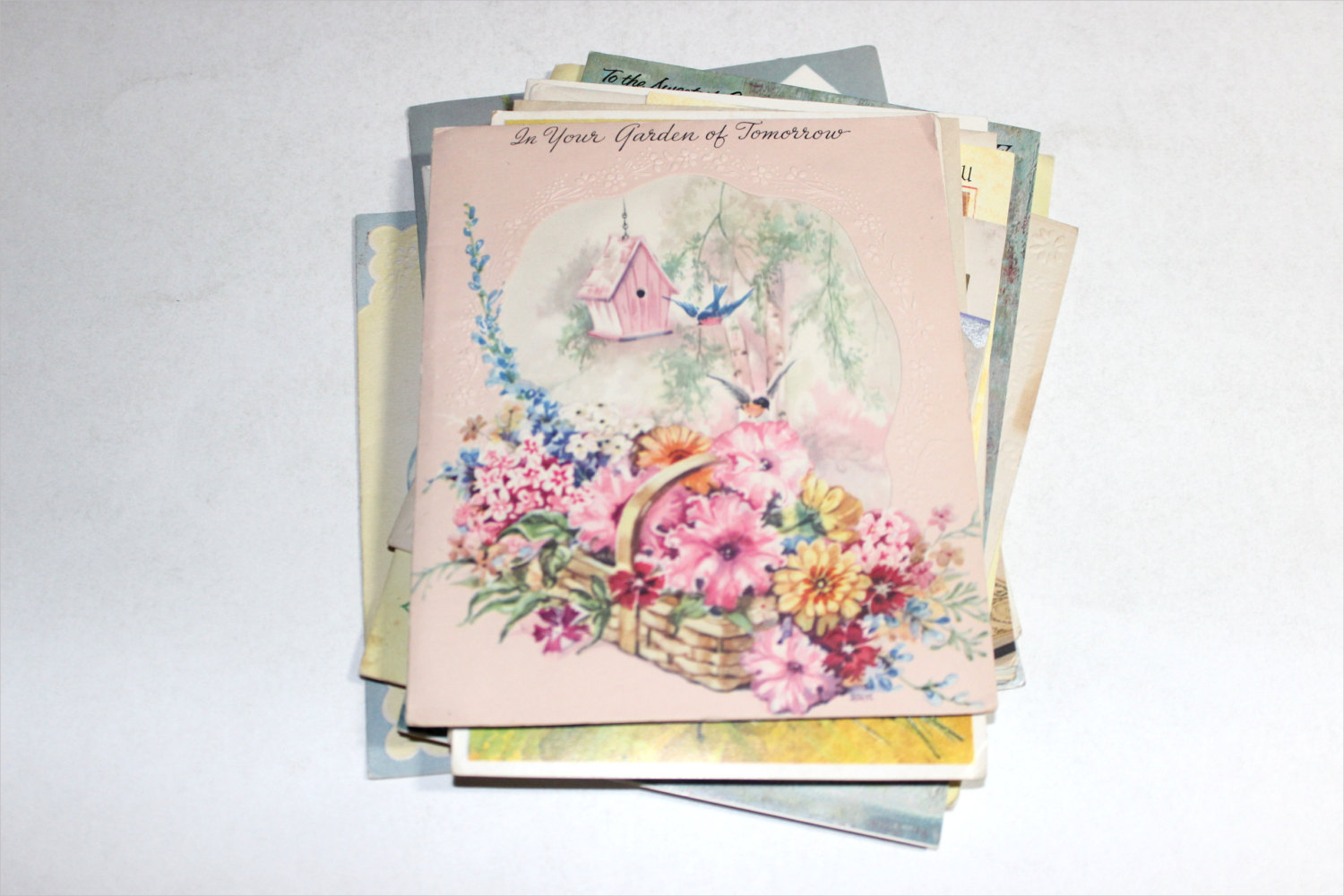
Vintage Christmas Card Example

Vintage Sealed Greeting Card with Envelope Example

Greeting Cards Timeline
The history of greeting cards can be traced back to Ancient Egypt in as early as 600 BC. Here is a rough estimation on the timeline of greeting cards. You may also see romantic greeting cards.
- 600 BC – Verbal and written new year greetings were exchanged by the Egyptians.
- 100 – Inscription for new year greetings can be observed and are exchanged in the ancient Rome.
- 1400 – Handmade greeting cards became available in the market in Europe. In Germany, a wood cutout that served as a greeting card for the New Year became the earliest known holiday greeting.
- 1500 – The first Valentine’s Day greeting card is sent.
- 1770 – The New Year greeting card industry was revived as talented engravers and printers surfaced from Vienna.
- 1775 – The US Post Office Department for greeting cards is established. On the same year, De La Rue, which is involved in printing and a paper-making industry, was founded.
- 1779 – The book, The Young Man’s Valentine Writer, served as a guide for men to properly write Valentine’s Day greeting cards.
- 1800 – This year marked the time when the first Valentine’s Day greeting cards were sold in the marketplace.
- 1840 – The postage stamp is introduced. Also, Esther Howland publishes the first Valentine’s Day greeting card in the USA in which she sold her first handmade greeting card. She was said to have a successful launching of her publishing firm specializing in elaborately decorated greeting cards.
- 1846 – English innovator Sir Henry Cole hired an artist named John Calcott Horsley to design a card for his company.
- 1856 – America’s greeting card industry began when Louis Prang opened a small lithographic business. He is also considered as the Father of the American Christmas Card.
- 1862 – Christmas cards were distributed to the public and were published by Charles Goodall and Sons Inc.
- 1866 – Prang perfected the color lithographic process which chromolithography changed the perspective in the greeting card world, making it a memorable and pivotal event in the greeting card history. Also in this year, mass production of the Valentine’s cards was launched by the George C. Whitney Co.
- 1874 – Publication of the deluxe edition of Prang’s Christmas cards in England.
- 1884 – The first booklets were produced by Hildesheimer and Co.
- 1885 – Production of birthday greeting cards began.
- 1890 – Prang retires and leaves his company to another ownership.
- 1899 – Alfred Bartlett began publication and printing of Christmas cards.
- 1906 – The beginning of the modern age of greeting cards.
- 1908 – The first ever Easter and Halloween greeting cards were produced and published.
- 1909 – The first Thanksgiving cards were produced.
- 1910 – Hall Brothers Inc. (which later became the world’s most successful card producer, Hallmark) was established. In this year, cards on birth announcements and congratulations greeting cards for babies were produced.
- 1911 – The first wedding and anniversary greeting cards, sympathy cards, and cheer cards were produced and published.
- 1912 – The first Mother’s Day cards were produced and published.
- 1920 – The first Father’s Day cards were produced and published.
- 1932 – Hallmark signs a licensing agreement with Disney.
- 1941 – The greeting card industry improved under the leadership of George Burkhardt.
- 1943 – The first “Mail Early” Christmas campaign was eastablished by the US Postal Service.
- 1951 – Hallmark sponsors its first TV special.
- 1954 – This year marks Hall Brothers officially changing their business name to Hallmark.
- 1970 – Christmas ornaments are produced by Hallmark and distributed to various retailers worldwide.
- 1980 – The Strawberry Shortcake greeting cards and merchandise were popularized.
Even today, the greeting card industry continues to grow and is expected to grow further that even in this digital age. Greeting cards will continue to serve as a way for the people to express and extend their emotions through writing. You may also see wedding greeting cards.
Cardmaking Techniques
There are a lot of techniques that can be applied in making a card. Among the popular card-making techniques are as follows:
Embossing
To achieve an embossed design which is a soft raise of the surface of the paper, an embossing folder and embossing machine is used. The raised portion of the paper has patterns or color that make it more visually appealing. You may also see thank you greeting cards.
- Dry – dry embossing is also known as relief embossing. A stylus tool is to used to form raised designs in your material.
- Wet – ink, embossing powder, and heat tool are needed for this technique to be accomplished.
Masking
This is somewhat similar to a collage where montages are created through layers of stamped images, using cut-outs. The cut-outs may be in different size, shape, and color, but the texture should be uniform to have the same finished gloss or matte. You may also see retirement greeting cards.
Layering
Layering is another technique in card making that is popular in the market. The idea is making a certain image look like it is popping up. Each layer should be bigger or should have different designs than the previous layer to achieve an extra dimension. You may also see anniversary greeting cards.
Variety of Vintage Greeting Card Examples
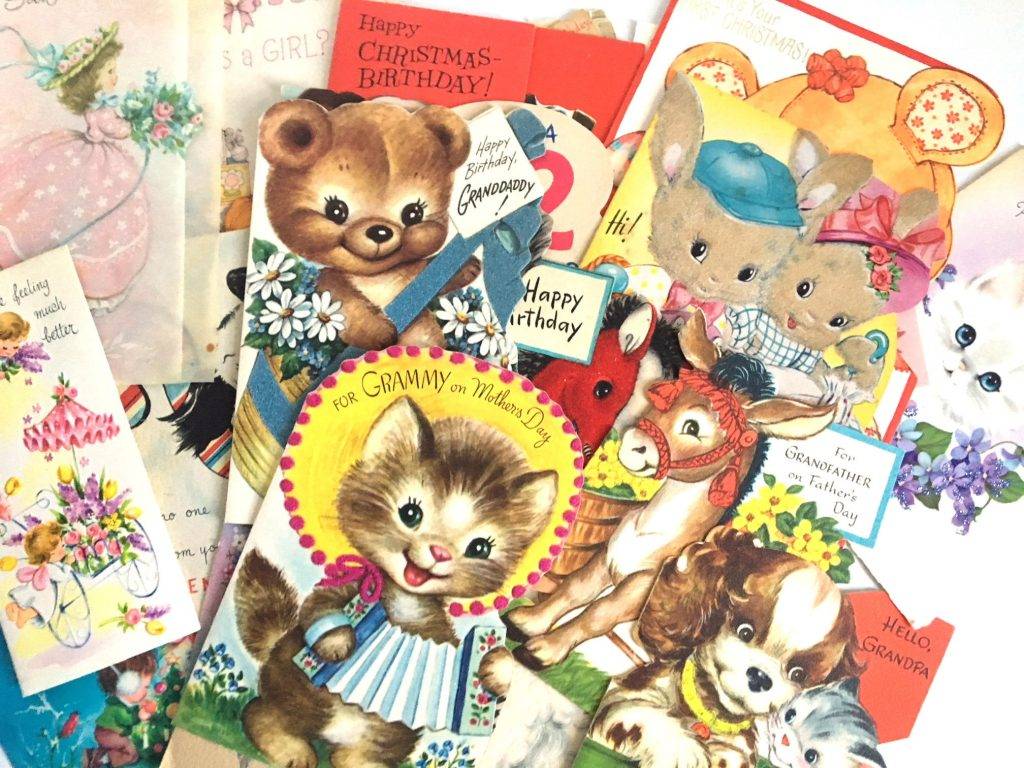
Watercolor Vintage Roses Greeting Card Examples
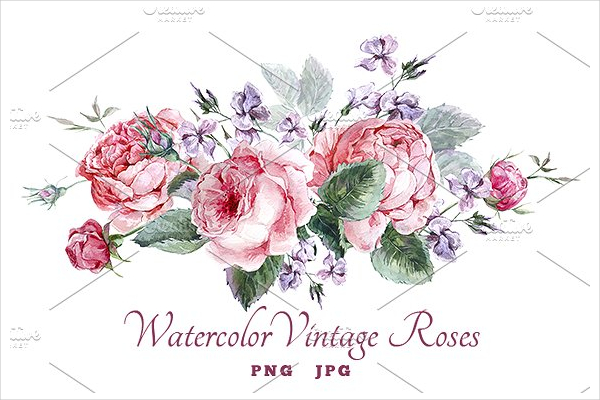
Assorted Vintage Retro Midcentury Used Greeting Card Examples
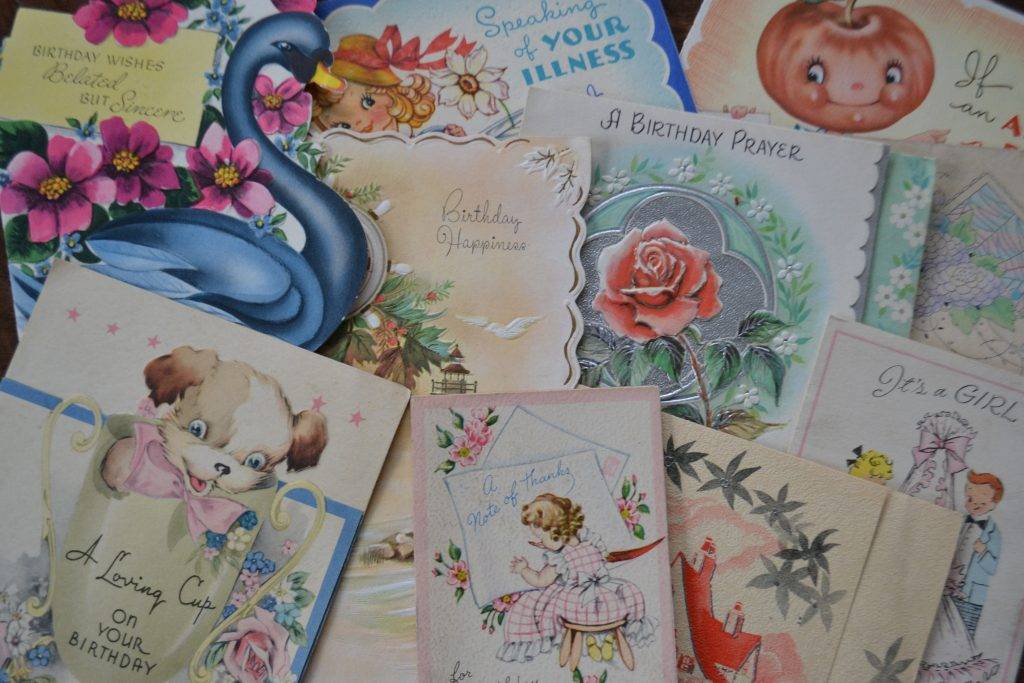
Example of a Vintage Greeting Card with Chrysanthemums
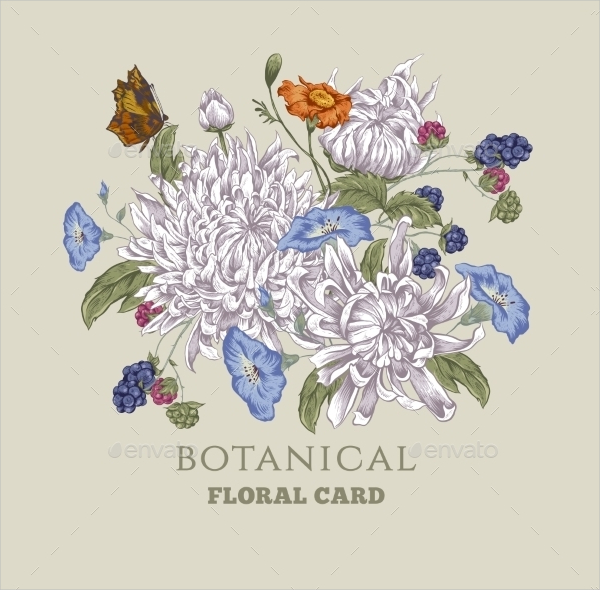
1940s Greeting Card Example
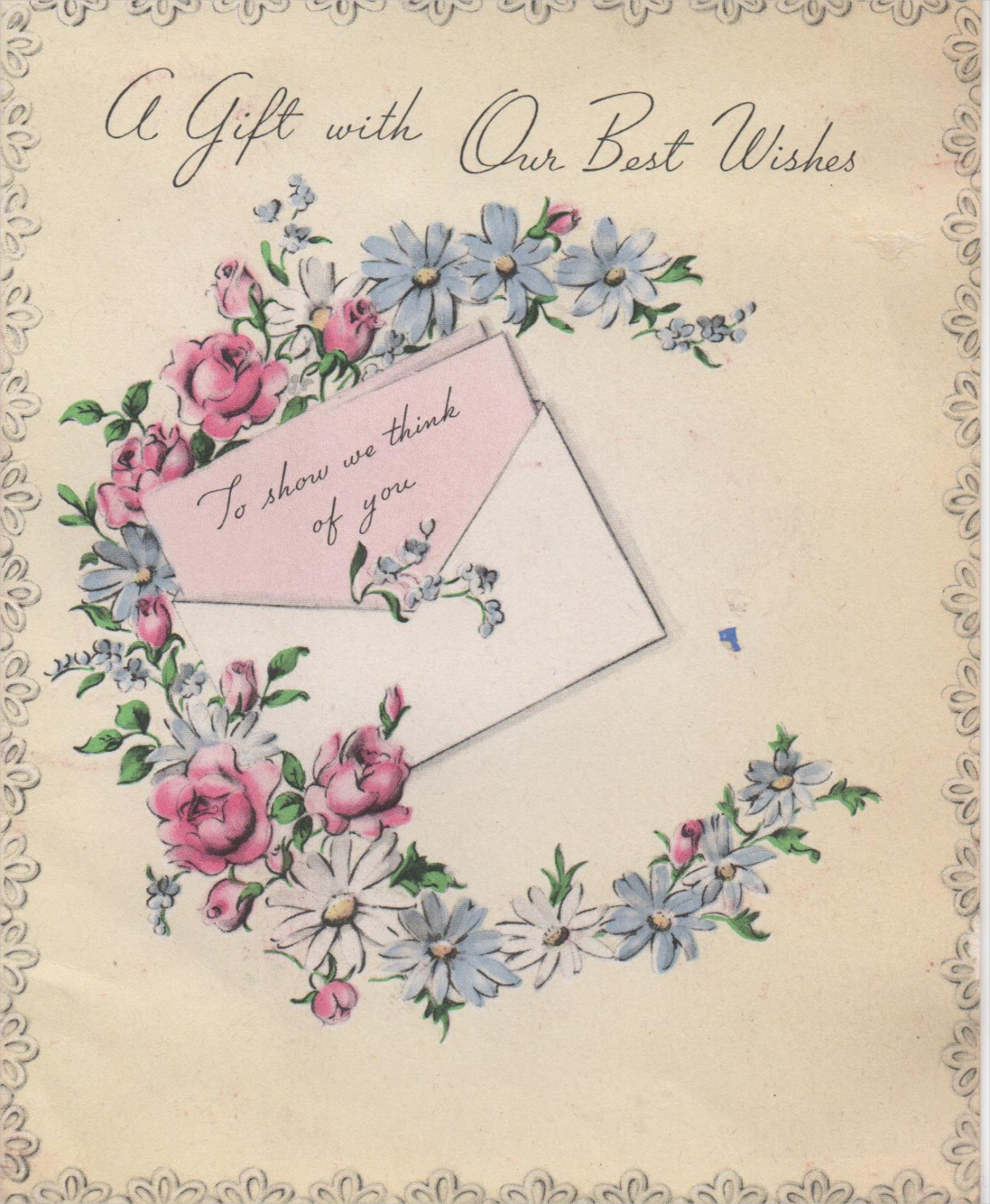
Vintage Greeting Card with Deer Example
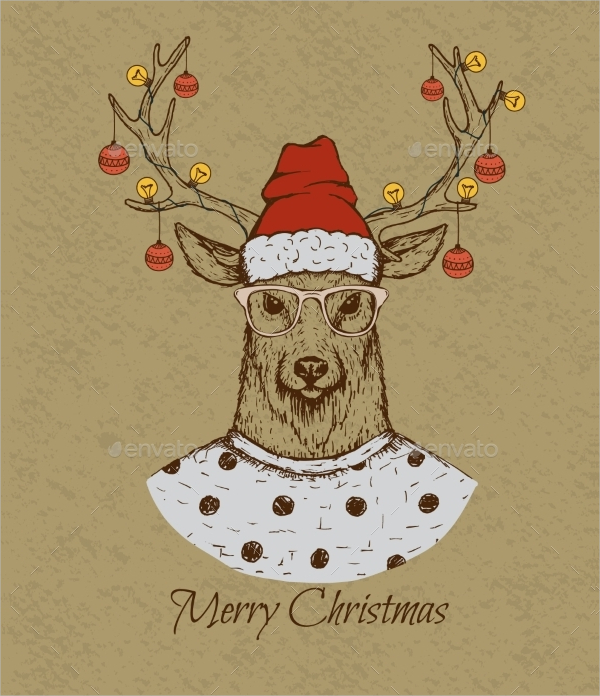
Other Cardmaking Techniques
Paper Piercing
The idea of paper piercing is to cut smaller parts and layer them in your card material. This technique is also similar to a mosaic, only that the paper needed to create a mosaic doesn’t need to have designs. You may also see love greeting cards.
Sponging
This one of the simplest and oldest technique in card making. Sponging is a technique in which you dip a sponge into a paint or watercolor and immediately apply them on the surface of your card. The harder you press, the greater amount of color it is produced in the sponge. Thus, if you want to have different tonal values in you greeting card, observe the behavior of your sponge and know its characteristics. You may also see christmas greeting cards.
Stenciling
Stenciling is when you create a certain pattern in some sheet of acetate or any material that is sturdy enough, cut them, and replicate the design of your pattern in the stencil. You can actually play several stenciling techniques; for example, instead of one pattern, you will create more stencils and apply different colors to each one. Stenciling is great for handmade mass production. You may also see watercolor greeting cards.
Stippling
Stippling is another technique in card designing. The techniques is not only used in cards but also in different artworks including portraiture. The idea of stippling is that you create images or patterns of your choice through dots of ink. You can create different shades in your designs by thickening your dots or by multiplying them. It can also be achieved through different pressures and flicks. You may also see blank greeting cards.
The above techniques are what is commonly used in card making especially for commercialization. In making your design, it does not necessarily mean that you only have to use a single technique; rather, you can combine the different techniques to achieve a more elegant and stylish look. Just make sure that the designs complement well with each other. You may also see photo greeting cards.
Unused Vintage Greeting Cards and Envelope Example
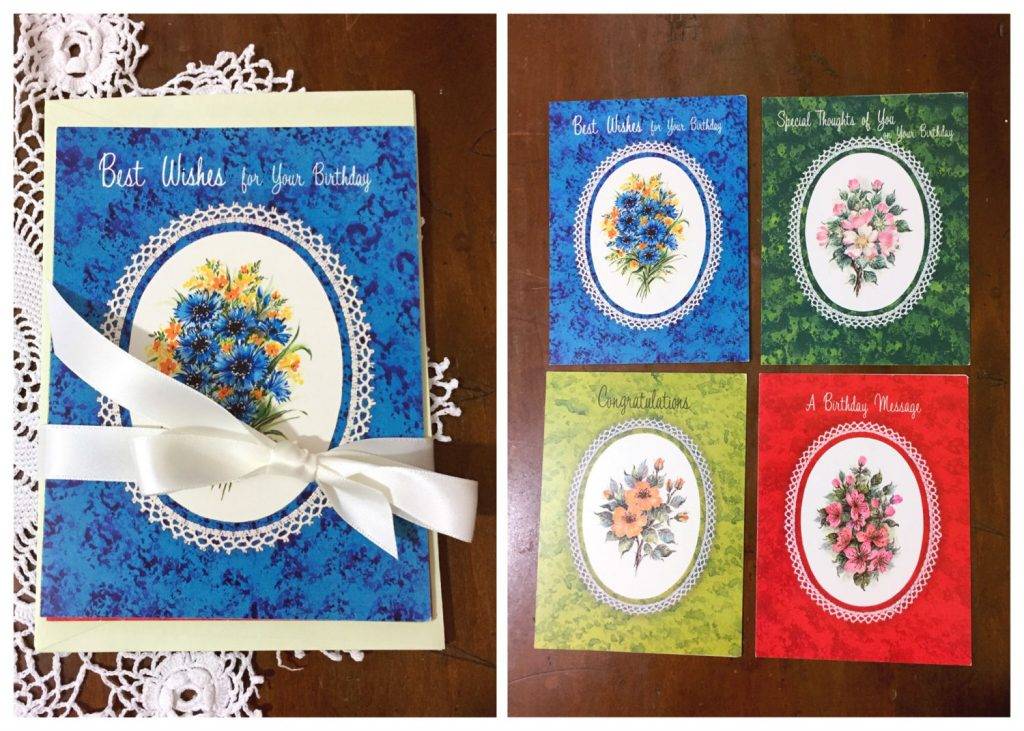
Floral Vintage Greeting Card Example
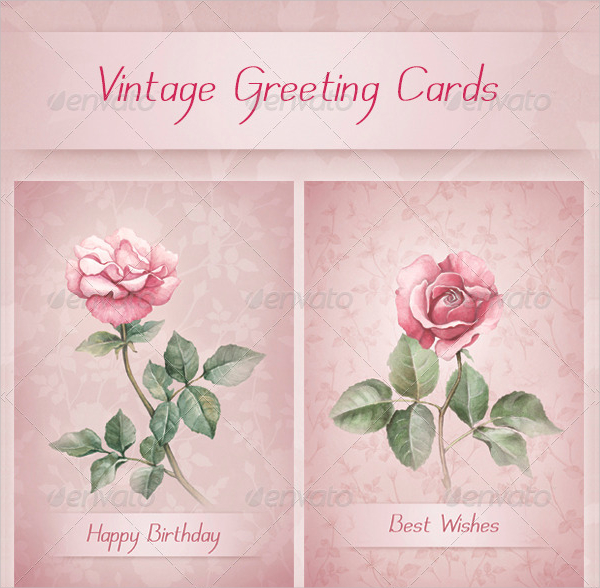
Vintage Christmas Holiday Greeting Card Example
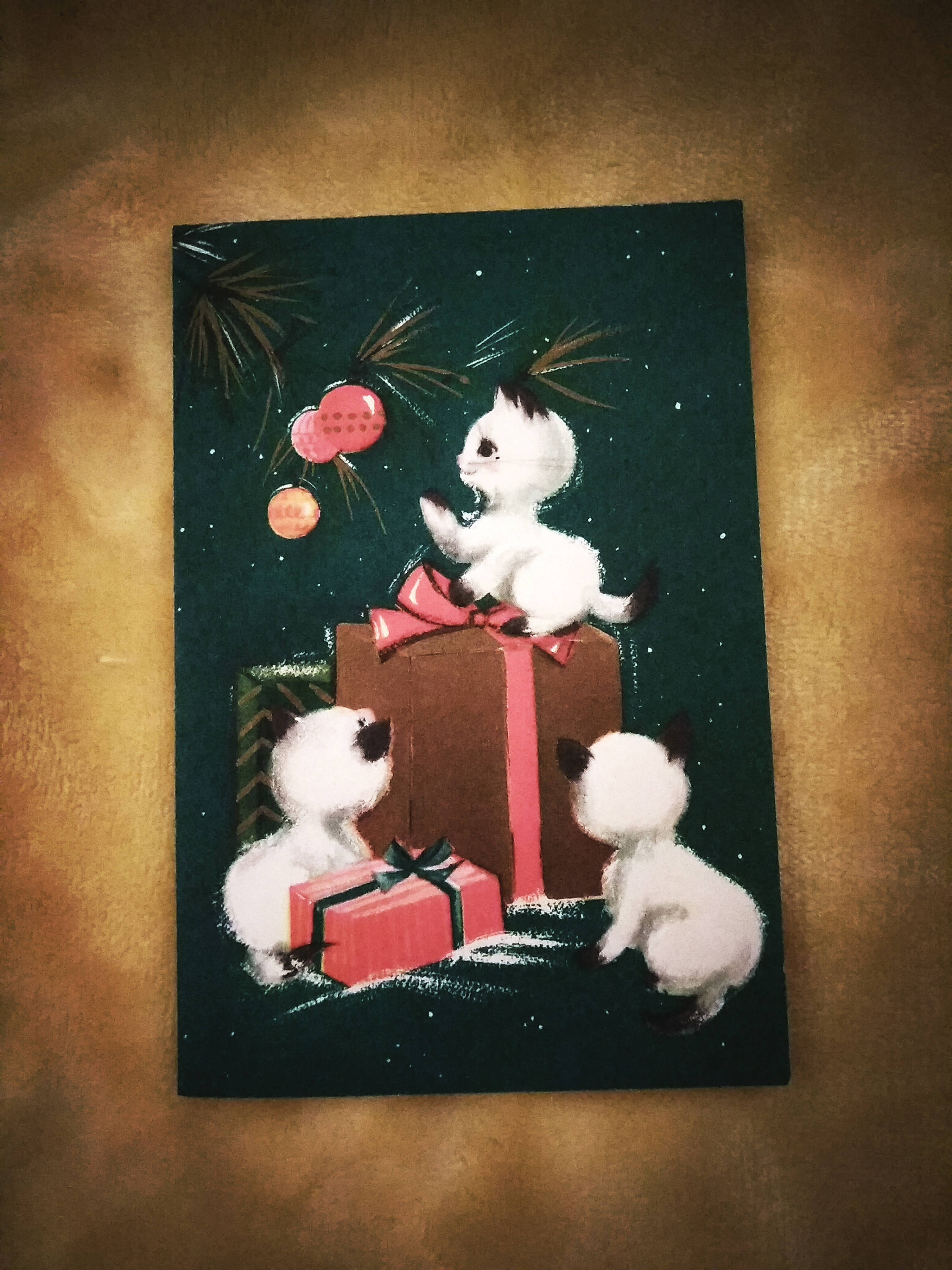
Greeting Cards in the Future
Now that we know how greeting cards became a big part in our ancestor’s lives; their evolution and the people who were first involved in the making of these cards. It has become a fact that the greeting card business will continue to grow along with the growth of technology. Aside from electronic mails and online messaging, who knows, there will come a time when hologram greeting cards will be manufactured. You may also see holiday greeting cards.


